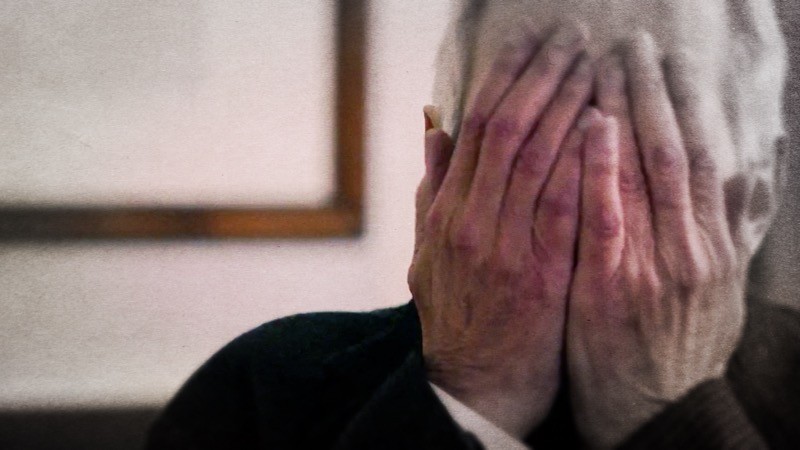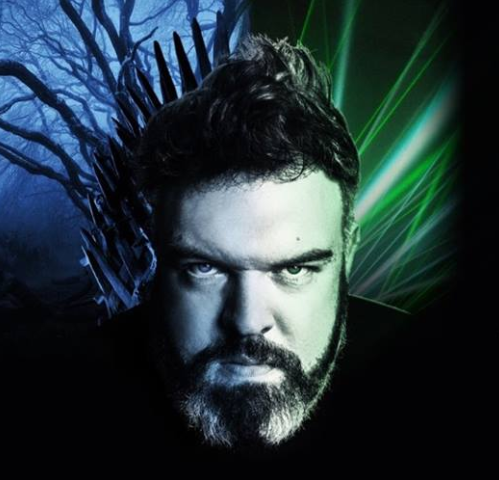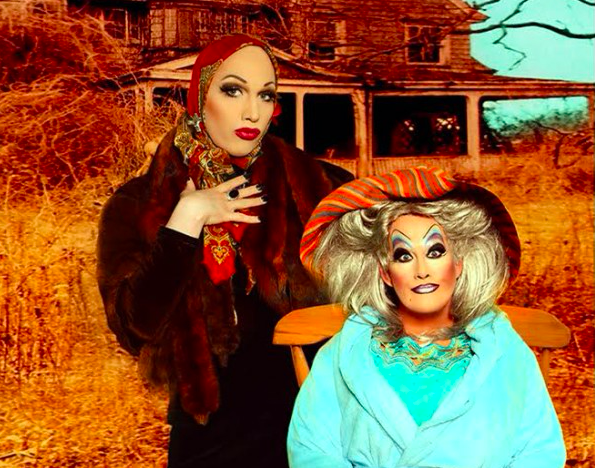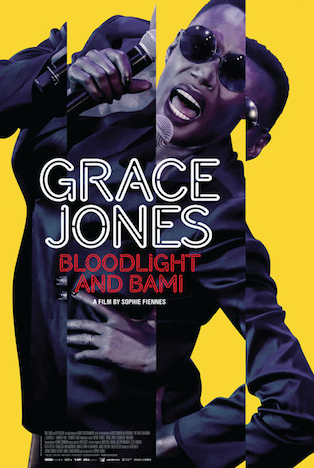If you love documentary films, watch HBO’s The Jinx (2015), a miniseries directed by Andrew Jarecki about alleged murderer Bob Durst. While you watch it, try to free yourself from the hypnotic pleasure of its expertly crafted narrative and notice how it documents the story. Does it seem real and/or true? If so, what techniques does it use to convince you of its veracity? What information was gathered by the filmmakers, and how was it arranged, and with what intent, and to what effects?
You might want to ask these seemingly academic questions in your living room because soon they may enter the practical arena of the courtroom. Bob Durst was arrested for murder the day before the final, most damning episode of The Jinx aired, in which he seems to confess his guilt. In his defense, his lawyers might raise questions about the nature of documentaries and documentary filmmaking. The New York Times has already printed two stories about the relationship between The Jinx and Bob Durst’s recent arrest, and the filmmakers are increasingly guarded with their remarks. It’s probably safe to assume that there is more to come, and Durst’s murder trial could be quite interesting from a film perspective.
The Jinx is the latest film to foreground issues surrounding the documentary form, not the least of which is the nature of truth in cinema. One quality that sets the documentary apart from other film genres is its claim, however implicit, to some kind of journalistic, factual truth. Documentaries are not “based on a true story.” They are the true story. But media is edited, arranged, and manipulated into documentary forms for many reasons: to highlight or obscure, to influence or entertain, to teach or propagandize. When facts are sequenced into narratives that are limited by formalistic, technological, and ideological constraints, truth is not always the result.
Regardless of filmmaker intent or genre assertions, documentaries are representations of reality, not reality itself: an important distinction when criminality and guilt are at stake. This is one reason why The Jinx is electrifying. A strange, unfolding criminality is its subject, and a multiple-murder confession is its final stroke, one that could help shape a man’s destiny beyond the frames of our television screens. When artifice affects the real, we are witness to magic.
The Orson Welles film F For Fake (1973) explores the magical nature of cinematic veracity. Orson was an accomplished stage magician, and he uses magic tricks within the frame to illustrate the illusory nature of cinema itself, reminding us to question the facticity of what we see and hear. What is real? What is original, and what is forgery? In The Jinx, these rhetorical and philosophical games acquire a deadly, judicial importance.
The gulf between representation and reality in cinema has lead to the emergence of many different documentary styles, and the exploration of something we might understand as “the art of realness.” Albert Maysles, a key figure in the advancement of this art, died on March 5th, 2015. With films like Salesman (1968) and Grey Gardens (1976), he and his brother David reached for truth using various “direct cinema” techniques. We watched the world through Albert’s eyes, and now those eyes are closed; but Albert’s passing might inspire us to review his work, to look again through his lens, and to see how the Maysles brothers negotiated the relationships between reality, fact, truth, the camera, and the editing room. We might also consider our relationship to documentaries at large, and wonder: What responsibilities do we have as consumers of these shimmering representations of reality, constructed from recorded observations of the real?
As children, many of us are taught to avoid staring at others. Documentary cinema invites us to break that rule. It wants us to stare at its characters and events. But first it needs filmmakers who have freed themselves from the taboo of looking, and who stare unabashed at life’s narratives through the unblinking eye of a camera lens. Documentarians watch the actors on life’s stage. When we watch the watchers, we take our first steps toward freeing the suppressed documentarians within ourselves.



















